Who Are Pastoralists?
PASTORALISTS ARE EARTH-WORKERS OF CHANGE
Pastoralist communities in Kenya are groups of people whose primary livelihood comes from the herding and management of livestock, such as cattle, goats, sheep and camels. These communities traditionally follow a nomadic or semi-nomadic lifestyle, moving from place to place in search of water and grazing land for their animals. Pastoralism is deeply intertwined with the cultural, economic, and social structures of these communities.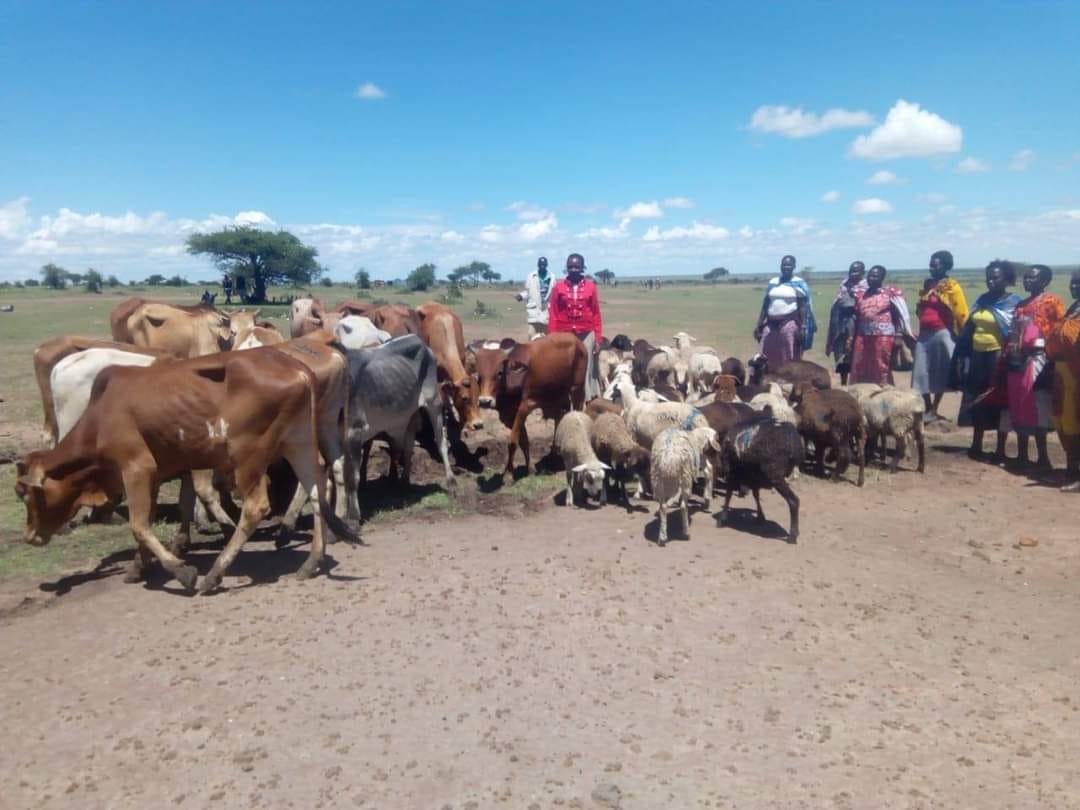
HARSH CLIMATE IMPACTS PASTORALISM
Pastoralists in Kenya face significant challenges due to changing weather patterns, such as prolonged droughts and erratic rainfall, which negatively impact grazing and water sources for livestock.
SCARCE RESOURCES LEAD TO GATEKEEPING
Competition for resources, especially water and grazing land, can lead to conflicts between different pastoralist groups or with agricultural communities.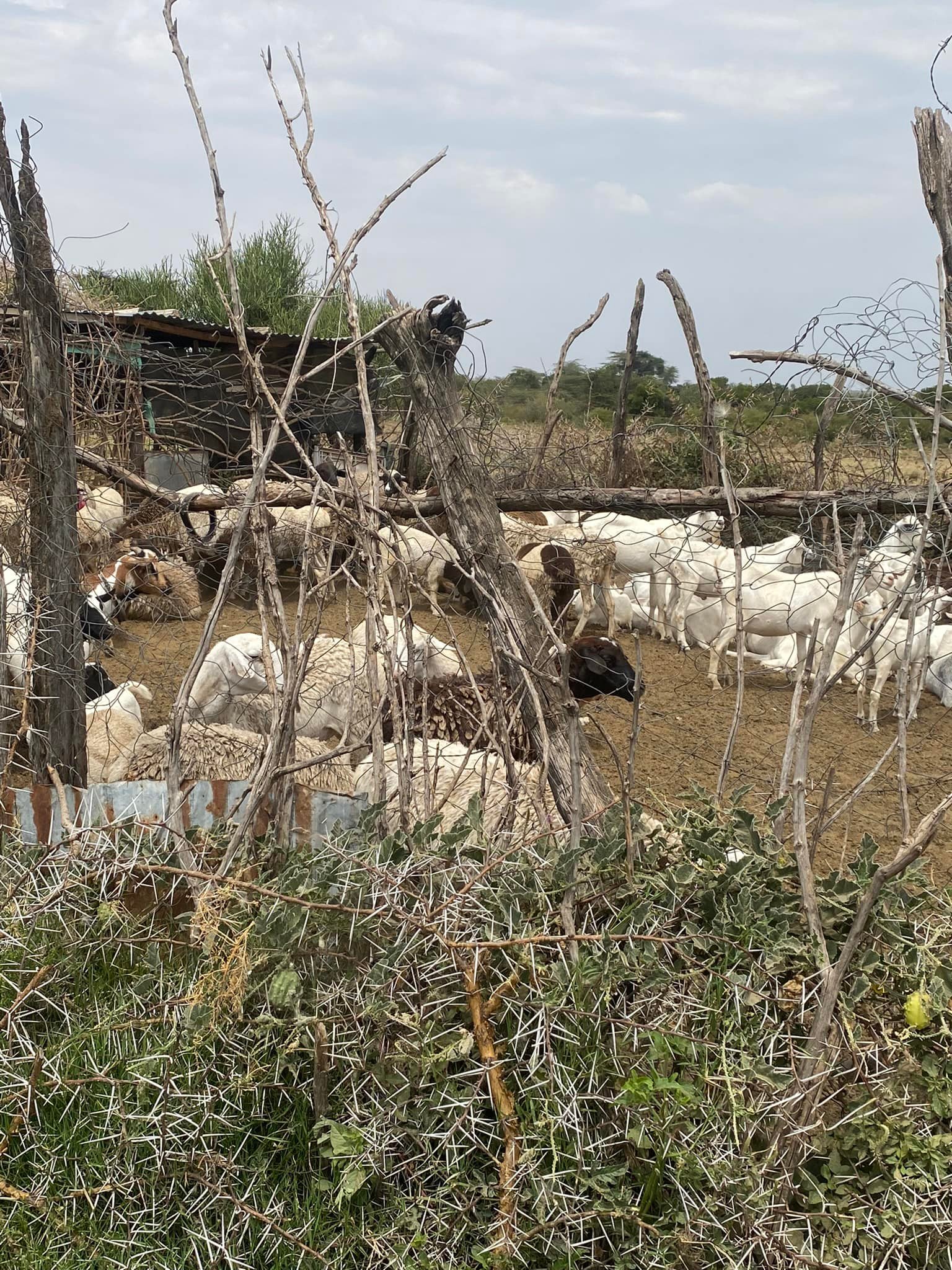
PASTORALIST GIRLS BECOME COMMODITIES
Many pastoralist women and children, in particular, face barriers to accessing education, healthcare, and other social services due to the nomadic lifestyle and remote locations.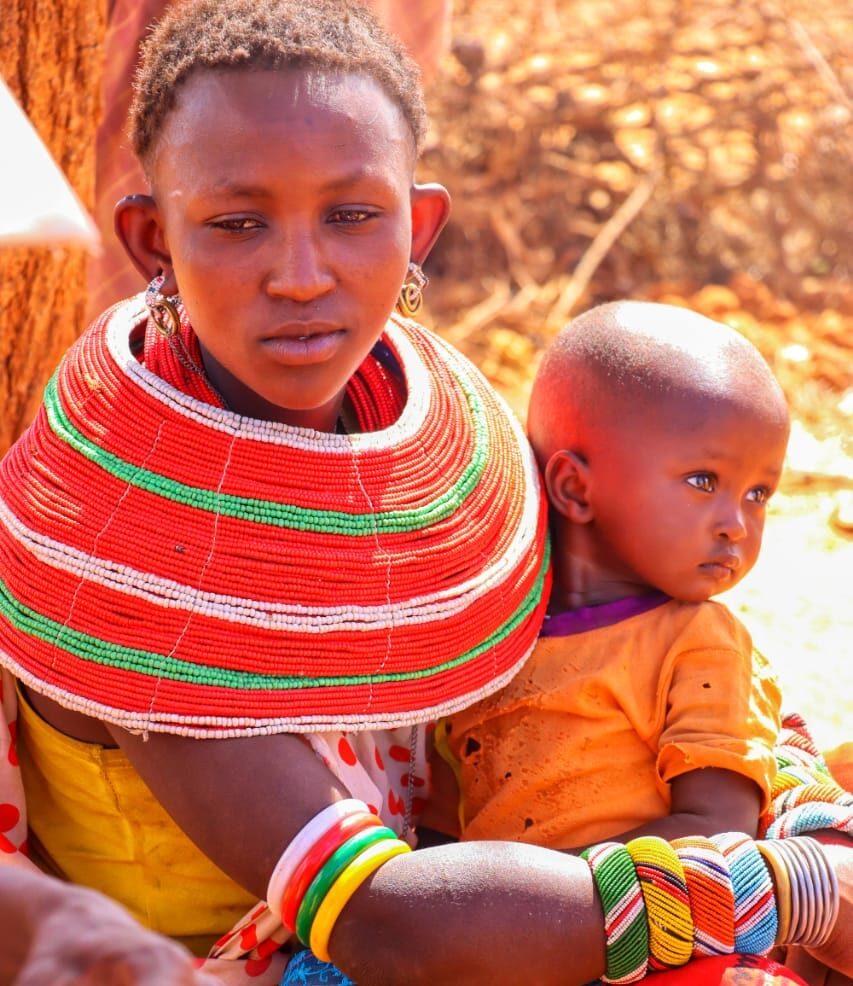
COMMUNITIES STRUGGLE WITH MODERN SOLUTIONS
The transition from traditional pastoralism to more sedentary lifestyles has led to disputes over land ownership and land use rights.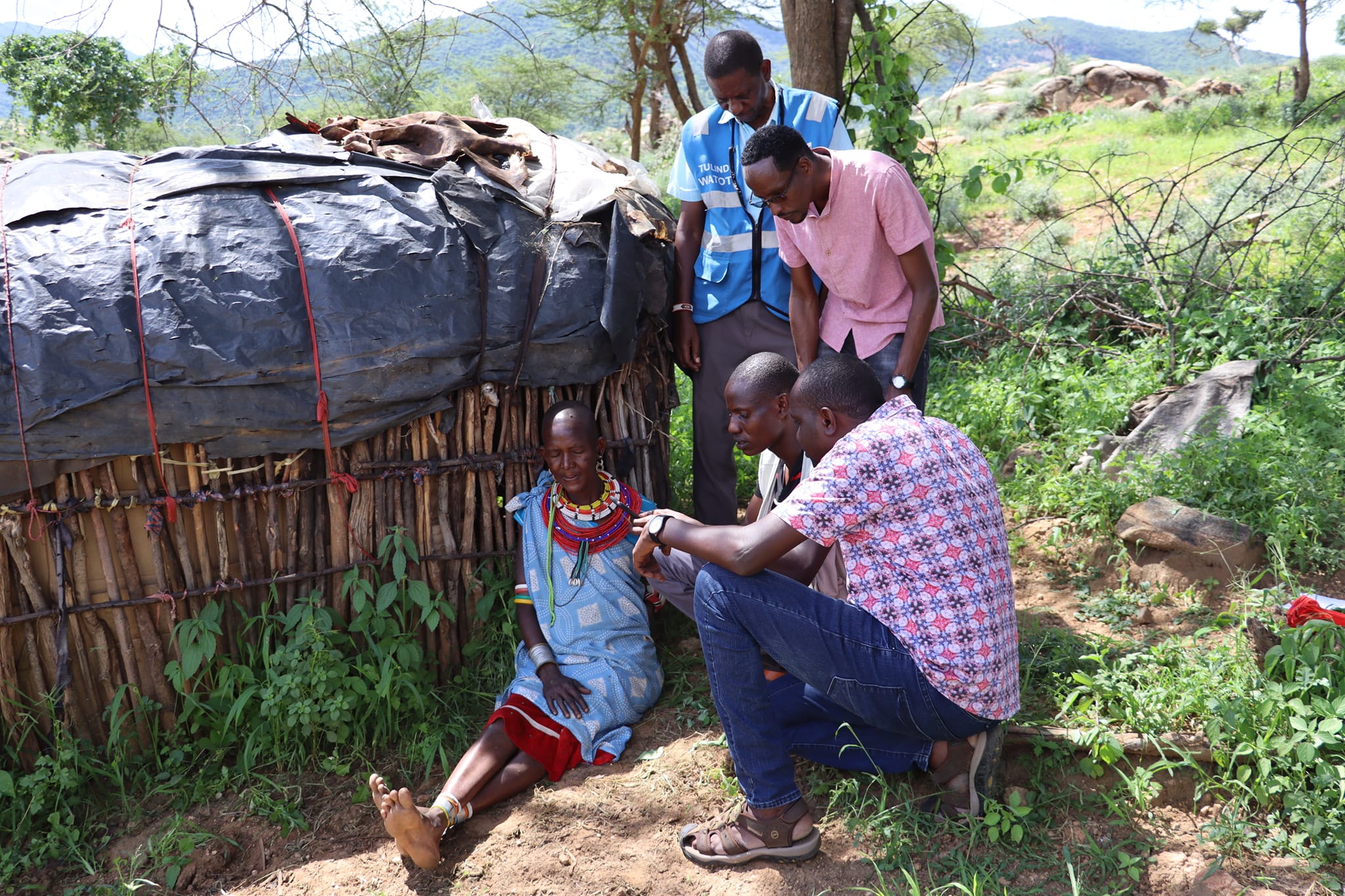
PASTORALISTS ARE A PEOPLE OF TRADITION
The Samburu and Maasai follow an age-set system, where individuals of a similar age group go through life stages together. These age sets define one’s role in the community and are integral to their social structure.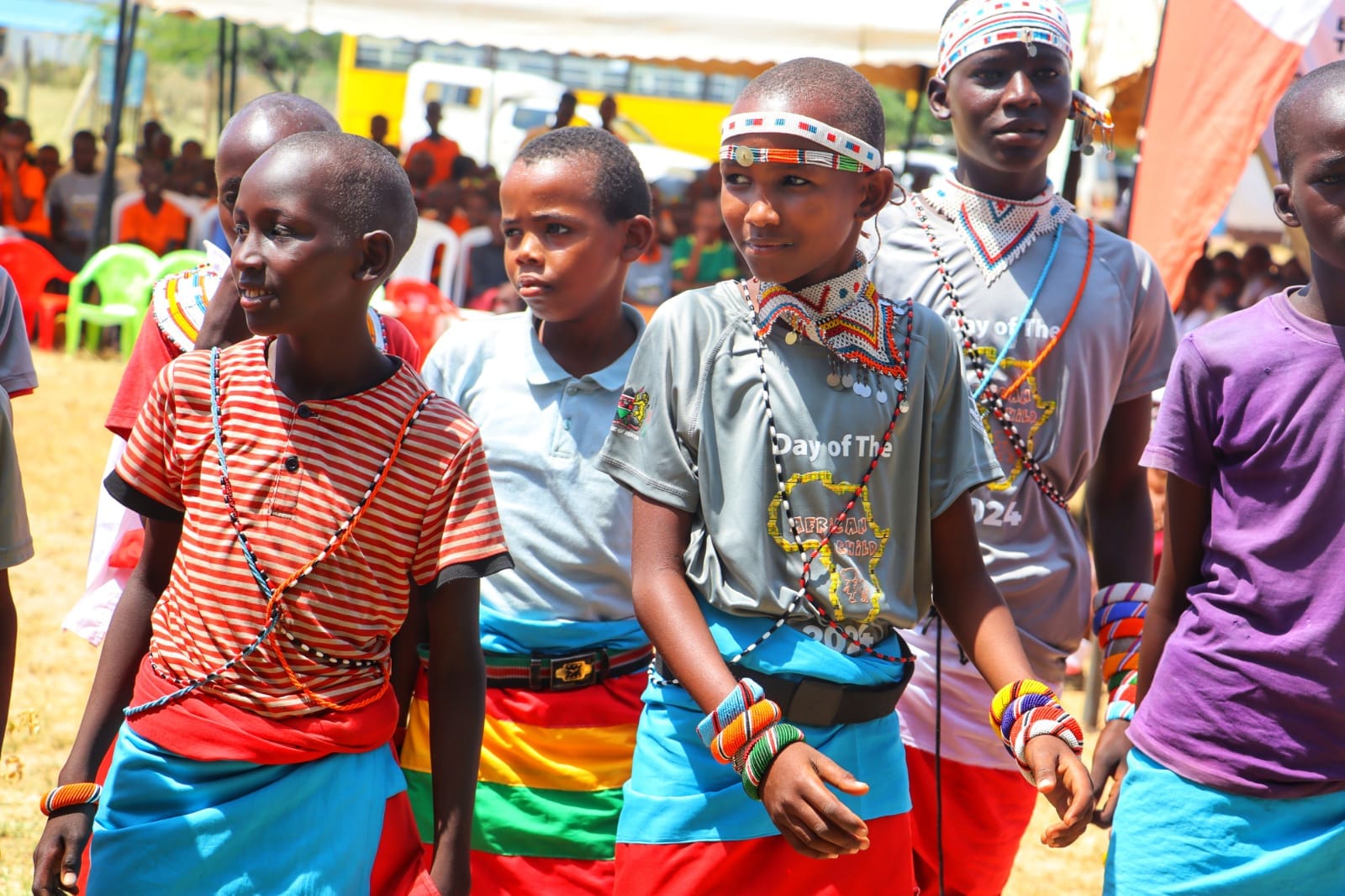
RITES OF PASSAGE HAVE BEEN EVALUATED
Important milestones like circumcision, initiation into adulthood, and marriage are marked by elaborate ceremonies. These rites are significant not only to the individual but also to the community.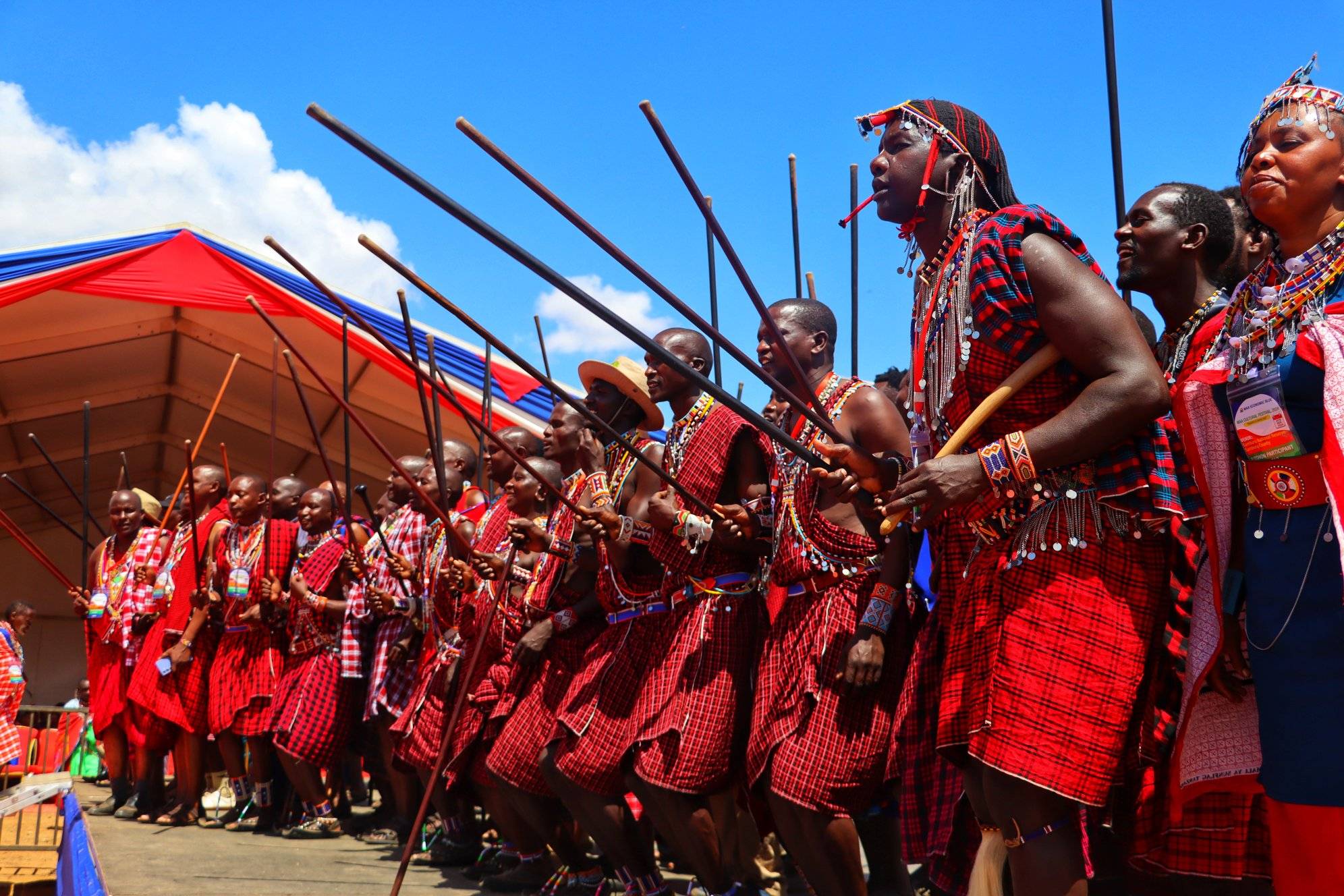
CRAFTSMANSHIP REMAINS CRUCIAL TO SURVIVAL
Samburu and Maasai people are known for their distinctive beadwork, which is used to decorate clothing, jewelry, and other adornments. These beads have symbolic meanings, often representing one's age, social status, or clan affiliation.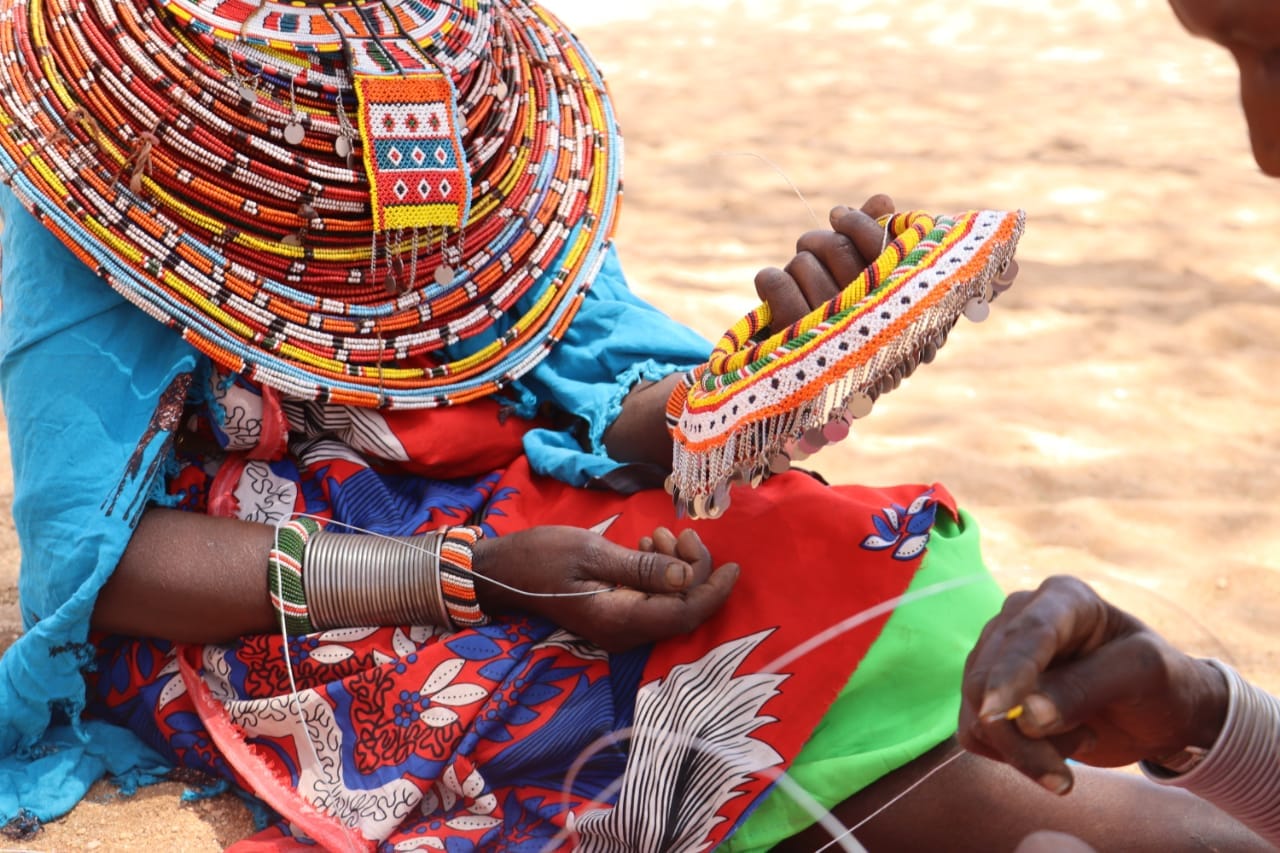
CELEBRATION IS A WAY OF HOPE FOR PASTORALISTS
Traditional music and dance play a key role in the culture. Songs and dances are performed during ceremonies, such as weddings and rites of passage, and they often tell stories, convey emotions, and celebrate significant events.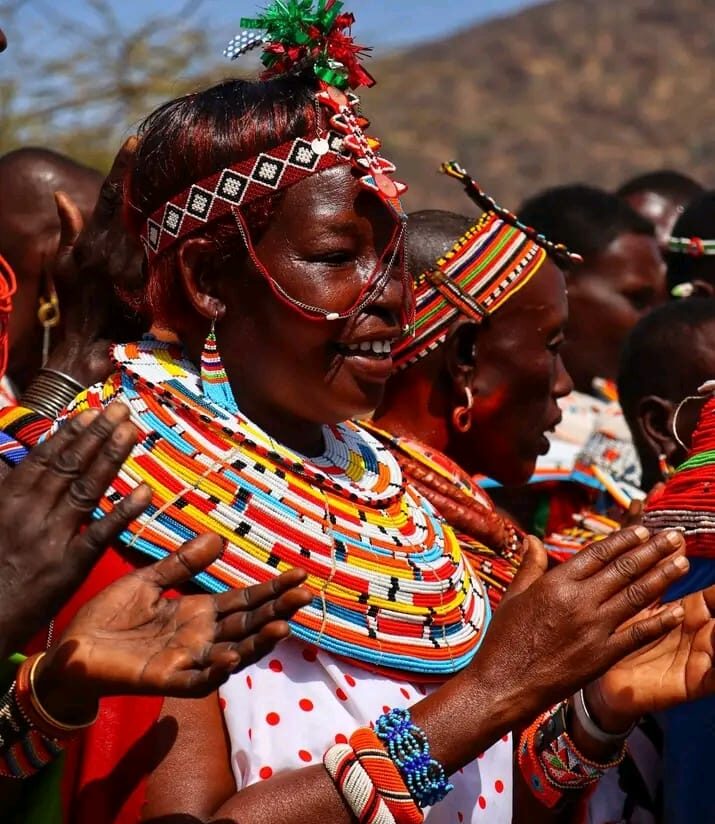
PASTORALISTS ARE EARTH-WORKERS OF CHANGE
Pastoralist communities in Kenya are groups of people whose primary livelihood comes from the herding and management of livestock, such as cattle, goats, sheep and camels. These communities traditionally follow a nomadic or semi-nomadic lifestyle, moving from place to place in search of water and grazing land for their animals. Pastoralism is deeply intertwined with the cultural, economic, and social structures of these communities.
HARSH CLIMATE IMPACTS PASTORALISM
Pastoralists in Kenya face significant challenges due to changing weather patterns, such as prolonged droughts and erratic rainfall, which negatively impact grazing and water sources for livestock.
SCARCE RESOURCES LEAD TO GATEKEEPING
Competition for resources, especially water and grazing land, can lead to conflicts between different pastoralist groups or with agricultural communities.
PASTORALIST GIRLS BECOME COMMODITIES
Many pastoralist women and children, in particular, face barriers to accessing education, healthcare, and other social services due to the nomadic lifestyle and remote locations.
COMMUNITIES STRUGGLE WITH MODERN SOLUTIONS
The transition from traditional pastoralism to more sedentary lifestyles has led to disputes over land ownership and land use rights.
PASTORALISTS ARE A PEOPLE OF TRADITION
The Samburu and Maasai follow an age-set system, where individuals of a similar age group go through life stages together. These age sets define one’s role in the community and are integral to their social structure.
RITES OF PASSAGE HAVE BEEN EVALUATED
Important milestones like circumcision, initiation into adulthood, and marriage are marked by elaborate ceremonies. These rites are significant not only to the individual but also to the community.
CRAFTSMANSHIP REMAINS CRUCIAL TO SURVIVAL
Samburu and Maasai people are known for their distinctive beadwork, which is used to decorate clothing, jewelry, and other adornments. These beads have symbolic meanings, often representing one's age, social status, or clan affiliation.
CELEBRATION IS A WAY OF HOPE FOR PASTORALISTS
Traditional music and dance play a key role in the culture. Songs and dances are performed during ceremonies, such as weddings and rites of passage, and they often tell stories, convey emotions, and celebrate significant events.
The pastoralist community’s traditional land-use practices are more sustainable than modern methods of land exploitation. For generations, pastoralists have carefully managed their grazing lands, water sources, and natural resources, balancing the needs of their livestock with the preservation of the environment. This sustainable approach helps maintain biodiversity in the semi-arid regions they inhabit.
Pastoralist children are expected to contribute to household responsibilities from a young age. For both boys and girls, this often includes caring for livestock, fetching water, gathering firewood, and helping with domestic chores. The responsibilities increase as they grow, and both boys and girls are expected to help manage the daily needs of their family and community. These roles can take up much of their time, limiting their ability to attend school.
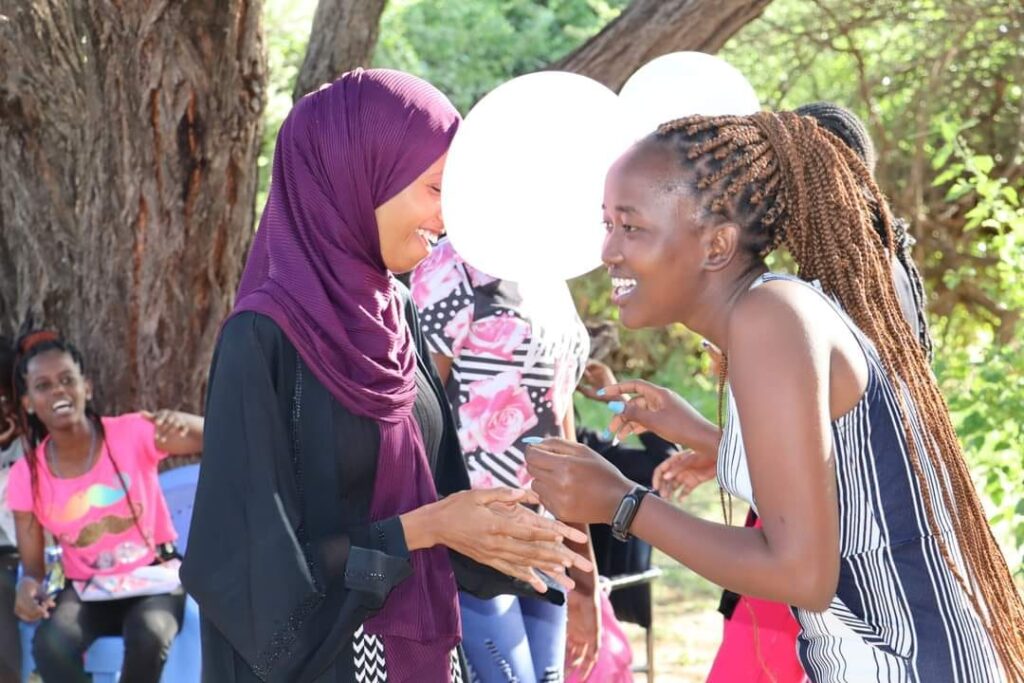

Early marriage is a significant issue for many girls in pastoralist communities. In some cases, girls as young as 12 or 13 may be married off to older men, often in exchange for livestock, which diminishes their opportunities for education and personal development. The girls’ rite of passage to womanhood often involves initiation ceremonies, which mark the shift from childhood to adulthood, including the dangerous practice of female genital mutilation.
PCF is building local capacity and leadership to advocate for children’s rights and community development within pastoralist societies. We are strengthened by our collaboration with other organizations, governments, and stakeholders to improve services and policies that impact economic development in pastoralist communities, enhancing families’ ability to support their children’s education and well-being.

